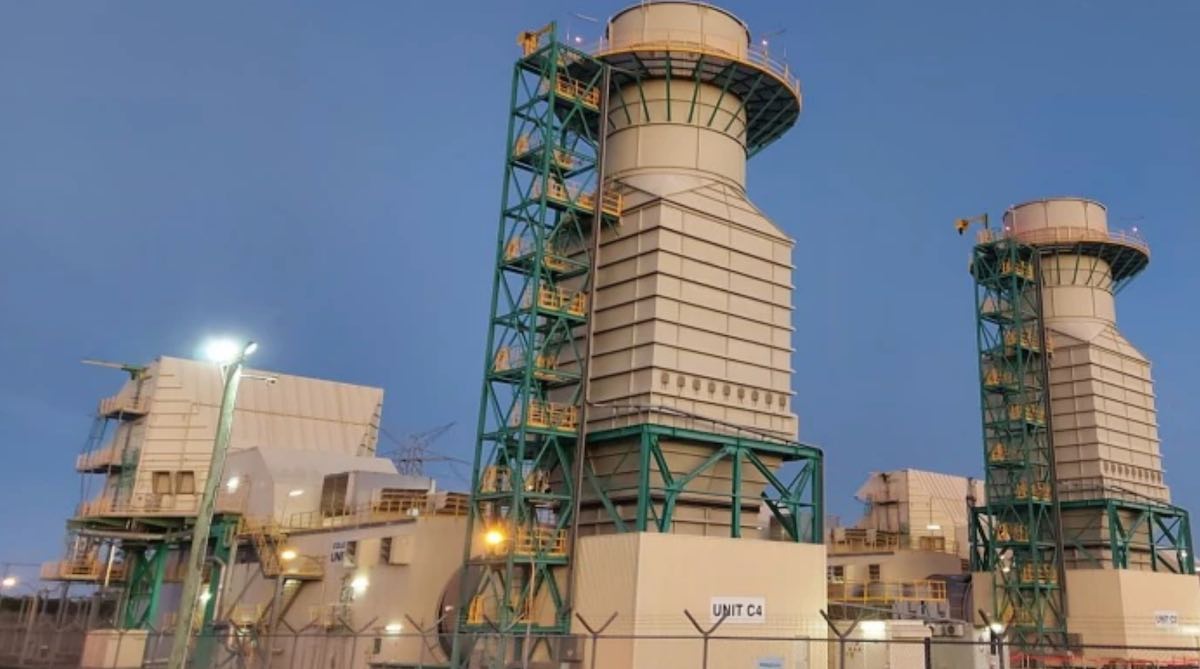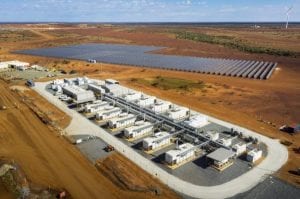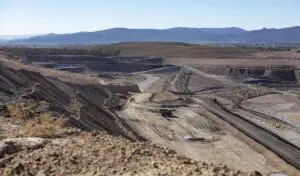Construction of a government-backed new gas fired power station in the New South Wales Hunter region has again come under fire, this time over the cost, timing and feasibility of converting it to run on green hydrogen.
Snowy Hydro’s controversial $600 million, 660MW Kurri Kurri project, which got its start under the Morrison Coalition government, has been kept alive by federal Labor on the condition it is built “hydrogen ready.”
Originally, Labor said it intended for the gas plant to run on 30 per cent green hydrogen from the get-go, and work its way up to 100 per cent renewable supply by 2030, in line with the party’s newly legislated energy targets.
To achieve this, the Albanese government pledged to tip a further $700 million into the project – although not in this year’s budget – and the plant is expected to achieve first power generation at the end of 2023.
The government and Snowy Hydro have since said that the gas plant will initially be built to run on just 15 per cent green hydrogen, with a plan to scale up “in stages” to 30 per cent.
The controversy over Kurri Kurri and its hydrogen content, and an apparent dispute with energy minister Chris Bowen, was cited by former Snowy CEO Paul Broad as a reason for his sudden resignation in August.
But a Senate Estimates hearing on Monday heard that the plant will start out using fossil gas only, and that moving to just 15 per cent green hydrogen will be subject to construction delays – due to flooding – and to the availability of the zero emissions fuel.
As green hydrogen becomes available…
“It starts out on gas with a slight delay,” Snowy Hydro chair David Knox told the hearing.
“As the hydrogen supply becomes available, we can go to 15% hydrogen. Subsequent to that, as a significant amount of hydrogen comes available, then you could consider going to higher level of hydrogen content.
“So these are stages in this project. It would be unwise to get in front of ourselves in our business case,” said Knox, a former CEO of gas giant Santos.
Meanwhile, to get the Kurri Kurri plant’s green hydrogen share to the Albanese government’s original target of 30 per cent will require a retrofit of the plant’s burners and possible further additions to get it up to scratch.
“For the plant itself, there’s very little work at all to achieve 15% [green hydrogen],” Snowy Hydro interim CEO Roger Whitby told the hearing.
“And with respect to 30%, the plant needs a retrofit of new burners to accommodate the 30% and possibly emissions control equipment, but that depends on the the design state of the burners when fitted.”
Whitby could not say how many of the plant’s burners would have to be retrofitted – or “replaced,” as he put it on occasion throughout the hearing – and said the cost of the exercise was “detail we’re working through at the moment.”
Asked about the plant’s fuel supply and storage infrastructure, it was also confirmed that the plant’s fuel storage facilities will only be capable of holding gas.
“Right, so in order to actually run on hydrogen, you need a completely new bit of infrastructure to …provide the hydrogen to the plant, then?” said Greens Senator Janet Rice.
“That’s correct, Senator, and we’re working through that with with the government,” Whitby responded.
Basically, a gas plant
“Basically, it’s getting the place ready as a natural gas plant, pretty much, 85% natural gas and with an unknown, uncertain, uncosted element for increasing hydrogen beyond the 15%,” Rice said.
“Well, I have to say, Senator, we’re very excited about the future potential for for hydrogen, because it will be a fuel for the future. So we’re proactively looking at that capability to meet the future needs of the marketplace,” Whitby said.
Separately, Kurri Kurri has come under fire for what Ted Woodley describes here as “crippling limitations” on the plant’s supply and storage capabilities even just for gas, due to its location near the end of a line from Sydney and requirement for a massive fuel storage system.
“If another gas power station is urgently needed for the National Electricity Market, which it isn’t, why locate it 20 km from a (limited) gas supply, needing over a quarter of a billion dollars of pipelines just to attain 10 hours operation, and be incapable of generating on-demand, long-duration, dispatchable power?” Woodley asks.









